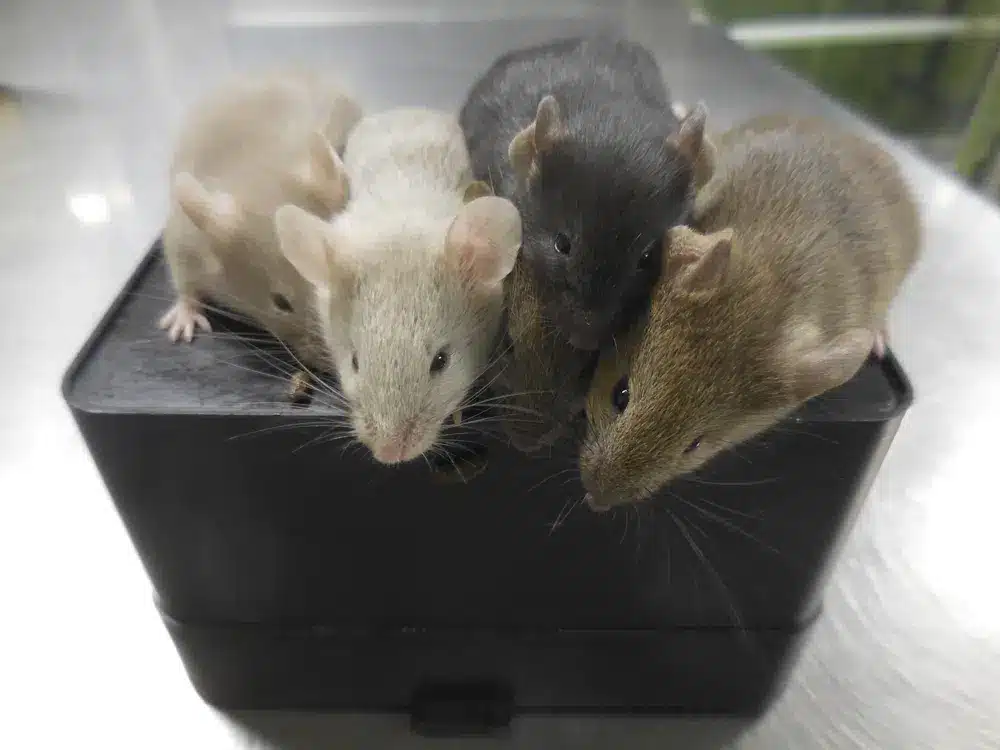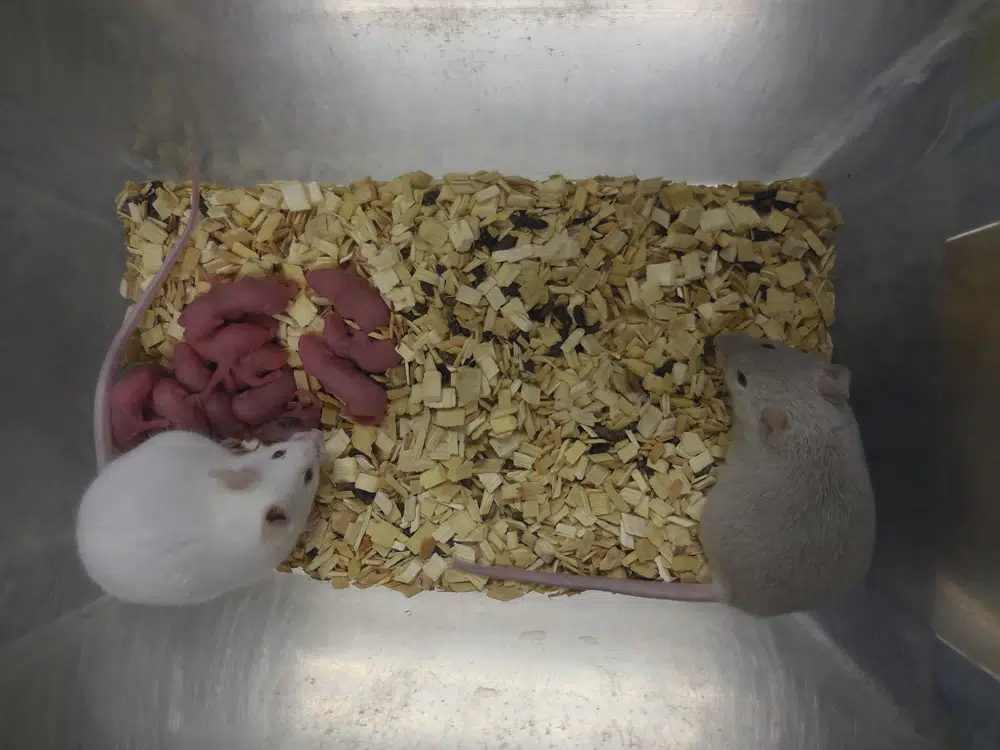Scientists have produced baby mice from two guys for the first time.
Although specialists caution that only a few mice embryos matured into live mouse pups, and no one knows whether it will work for humans, this raises the remote potential of employing the same approach on people.
But even so, “It’s a pretty creative method,” said Diana Laird, a stem cell and reproductive person at the University of California, who was not involved in the study. It’s a crucial phase in both reproductive biology and stem cell research.
Researchers revealed their work in a paper published in the journal Nature on Wednesday.
First, they created “induced pluripotent stem cells” from skin cells removed from the tails of male mice. These cells can differentiate into a variety of different cell or tissue types. They then developed functioning egg cells by converting male mouse stem cells into female cells by expanding them and administering medication. The embryos were then placed into female mice after being fertilized. 7 of the 630 embryos, or around 1%, developed into living mouse pups.
Last week, scientists at the Third International Conference on Human Genome Editing heard from research leader Katsuhiko Hayashi of Kyushu University and Osaka University in Japan that the pups appeared to develop properly and could become parents on their own in a typical way.
Laird and her colleague Jonathan Bayerl wrote a commentary that was published alongside the Nature publication in which they stated that the work “opens up new pathways in reproductive biology and mice fertility research” for both people and animals. In the future, it is feasible to procreate endangered mammals from a single male.
Unclear why so few embryos implanted into surrogate mice survived.
They said it “could even give a pattern for enabling more people to produce biological children while avoiding the ethical and legal concerns of donor eggs,” such as male same-sex couples.
However, they issued multiple warnings. Which is the most notable? The method could be more effective. They claimed it was unclear why so few embryos implanted into surrogate mice survived; there may be technical or biological reasons for this. However, they emphasized that it is still too early to determine whether the approach would even function with human stem cells.
Before employing stem cells to create eggs, Laird added that researchers must consider the mutations and mistakes that might be made in a culture dish.
The most recent study explores novel approaches to in vitro mouse embryogenesis. This summer, researchers in Israel and California developed “synthetic” mouse embryos from stem cells that lacked a mother’s ovum or egg. Up to 8 12 days after conception, those mice embryos had the same characteristics as typical mouse embryos, including one that resembled a beating heart. The achievement, according to scientists, could one day serve as a model for producing artificial human embryos for future research.
SOURCE – (AP)









